
Discover Cost-Effective MRA Imaging for International Patients
Explore cost-effective MRA imaging abroad with GetWellGo. Trusted by international patients for quality diagnostics, accessible care, and peace of mind.
Read MorePlan your catheterisation procedure in India with GetWellGo – a complete step-by-step guide for international patients seeking quality, affordable care.
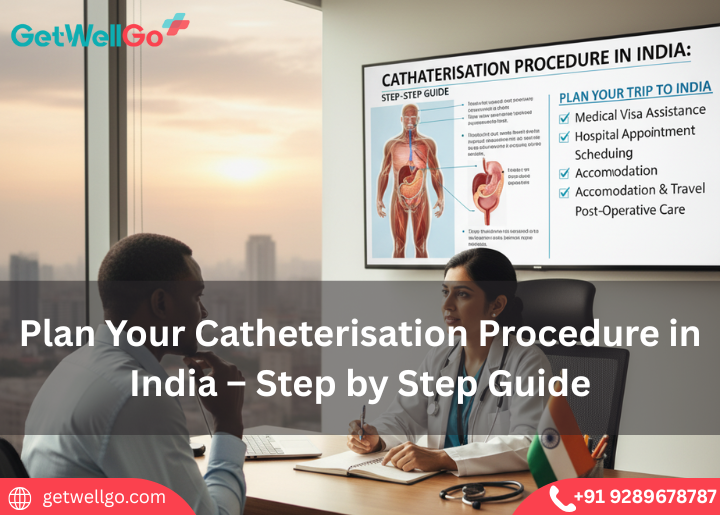
Category
CardiologyPublished By
GetWellGo TeamUpdated on
10-Oct-2025A medical procedure whereby a thin and flexible tube known as a catheter is inserted into the body to drain fluids (such as urine) or to inject drugs (such as medicine or contrast dye).
Urinary Catheterisation
Cardiac Catheterisation
Catheterisation- intravenous (IV)
Central Venous Catheterisation
Common Indications
The following is a clear categorisation of factors that can influence the Catheterisation surgery price in India, as the cost may differ significantly, based on the type of catheterisation (urinary, cardiac, central venous, or dialysis).
Type of Catheterisation
Diagnostic vs. Therapeutic Procedure
Type of Hospital / Facility
Location of Hospital
Prices are more expensive in metro cities (Delhi, Mumbai, Bangalore, Chennai) than in small towns.
Type & Quality of Catheter
Surgeon / Specialist Fees
The fees of Urologists, Cardiologists, Nephrologists, or Interventional Radiologists never remain the same based on experience and reputation.
Hospital Stays and Post-Purchases
Use of Imaging & Technology
Other Tests and medications
Urinary catheterisation treatment in India
Indications:
Methods:
The combination of modern healthcare facilities, medical expertise and low cost of treatment has enabled India to emerge as one of the most preferred international destinations by patients requiring catheterisation procedures. Catheterisation is an operation as a diagnostic or a therapeutic method that is minimally invasive in nature, usually on the heart, the urinary tract, or the blood vessels.
Catheterisation is the insertion of a thin and flexible tube of a body cavity or blood vessel to be diagnosed or treated.
Common types include:
Key advantages include:
Pre-Procedure
During the Procedure
Post-Procedure
Recovery and Aftercare
GetWellGo is regarded as a leading supplier of healthcare services. We help our foreign clients choose the best treatment locations that suit their needs both financially and medically.
We offer:

Explore cost-effective MRA imaging abroad with GetWellGo. Trusted by international patients for quality diagnostics, accessible care, and peace of mind.
Read More
ABPM test abroad made easy! Learn why India is the best choice with GetWellGo—trusted by international patients for quality care, top doctors & affordability.
Read More
GetWellGo connects international patients to leading hospitals in India for safe, advanced Balloon Valvuloplasty. Start your heart-healing journey today.
Read More
Access advanced aneurysm treatment in India with GetWellGo. Trusted care, global patient support, and leading specialists for safe, affordable treatment.
Read More
Explore affordable Acute Coronary Syndrome treatment options in India. Learn about top hospitals, expert cardiologists, and advanced therapies trusted by international patients.
Read More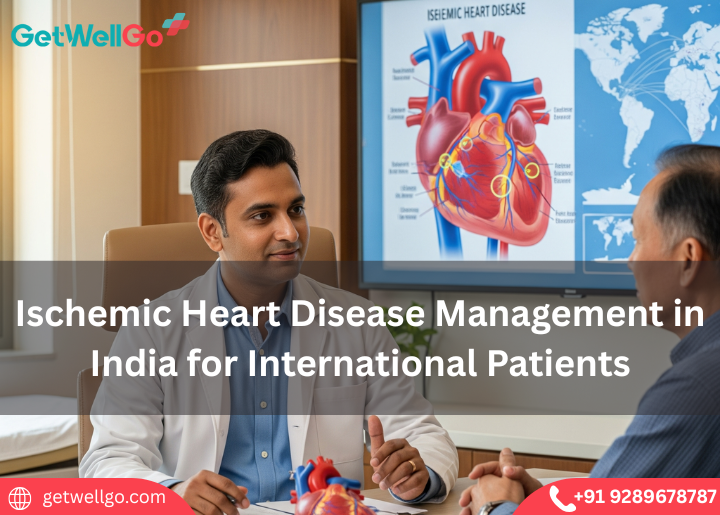
Affordable ischemic heart disease management in India with GetWellGo. Advanced cardiology care & personalized support for international patients.
Read More.png)
GetWellGo connects global patients with safe, affordable blood clot treatment in India. World-class care, expert doctors, and cost savings await.
Read More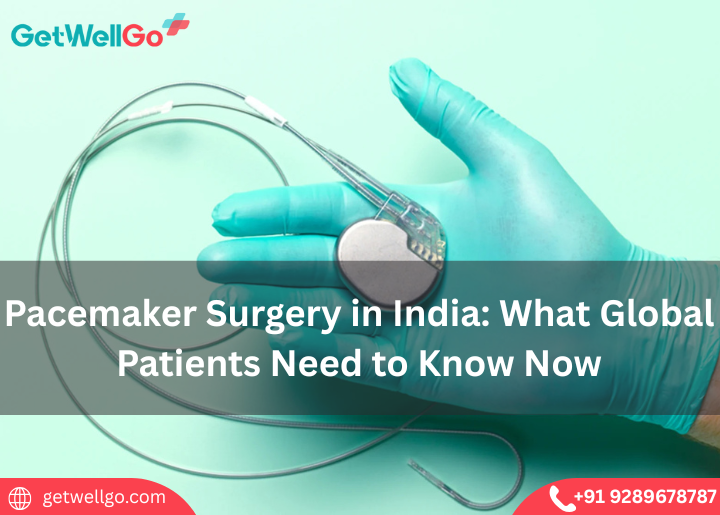
Pacemaker surgery in India with GetWellGo – expert care, affordable costs & top hospitals for global patients. Learn what you need to know now.
Read More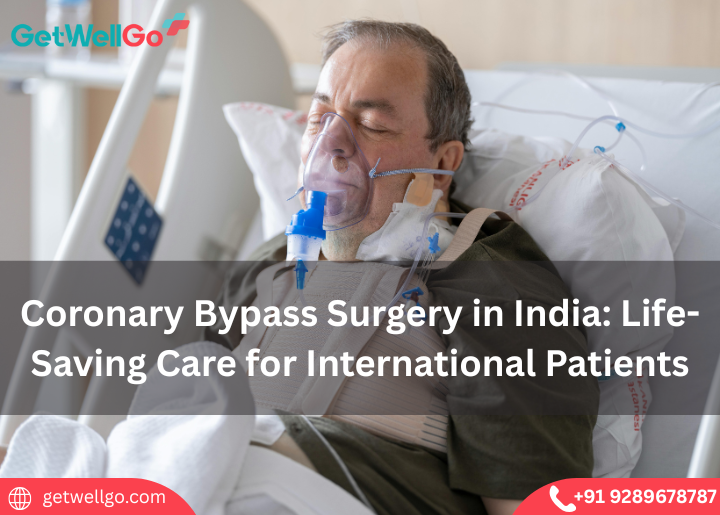
Coronary bypass surgery in India offers life-saving cardiac care for international patients with expert surgeons, advanced technology, and affordable treatment options.
Read More
Modern coronary angiography in India with GetWellGo—affordable, accurate, and trusted by patients worldwide for exceptional international heart treatment
Read More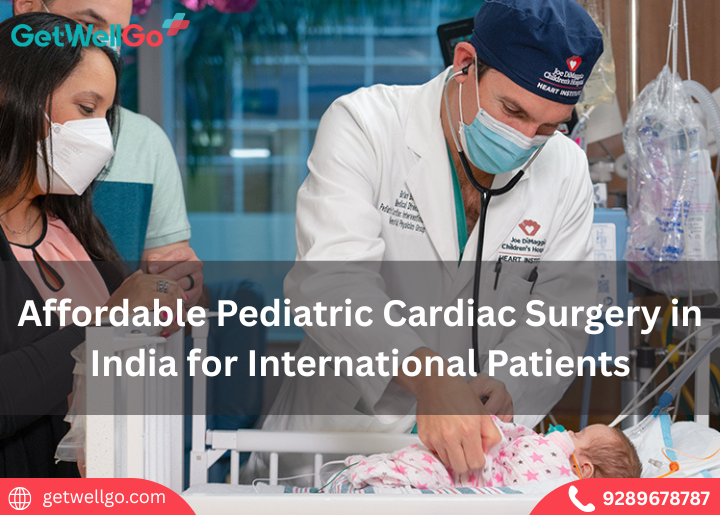
Discover affordable pediatric cardiac surgery in India for international patients, with expert child heart surgeons, advanced technology, and top-rated hospitals for safe care.
Read More
Looking for Bentall Procedure in India? GetWellGo offers affordable options, expert surgeons & care tailored for international patients.
Read MoreFill the form below to get in touch with our experts.
Please fill in your details below and our experts will get back to you.